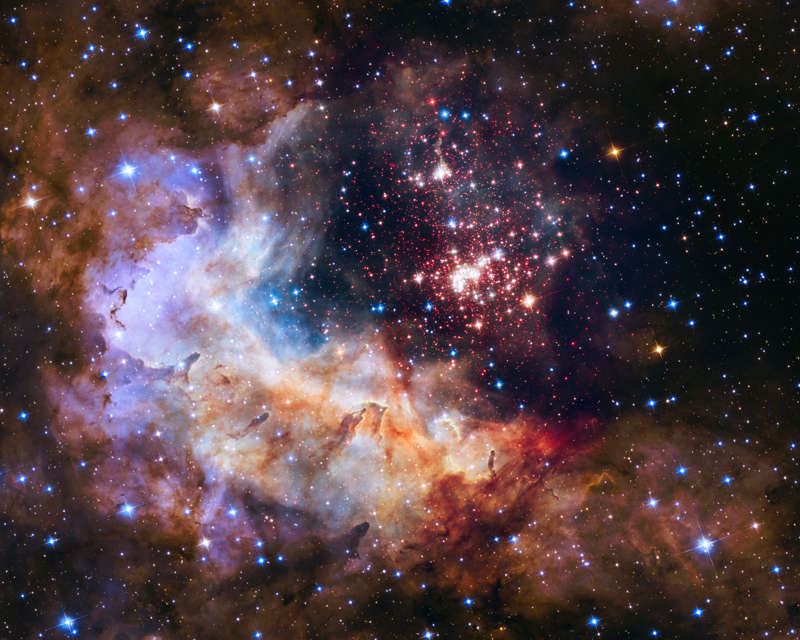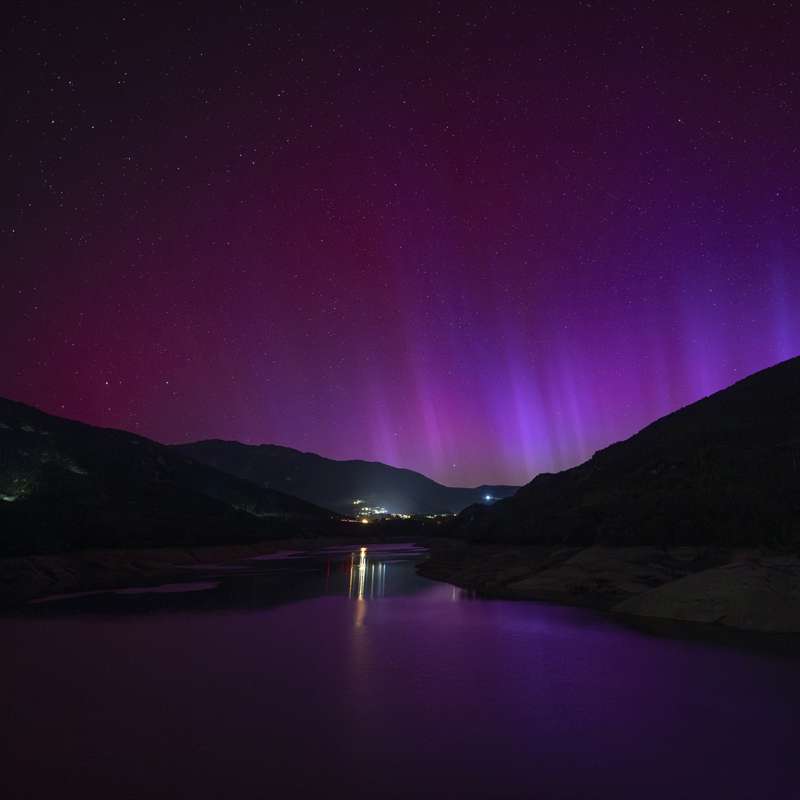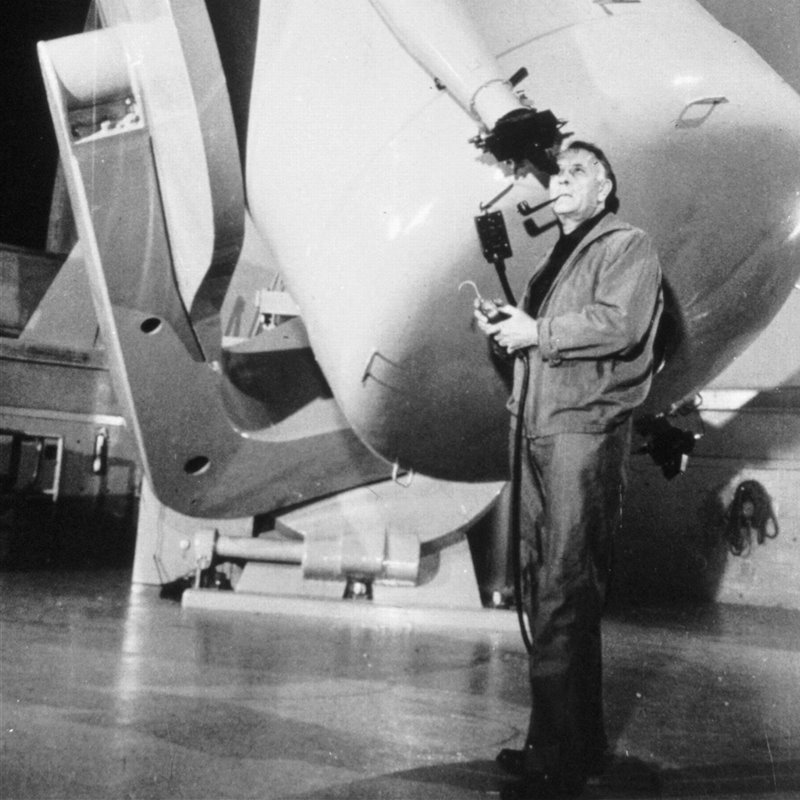Hubble constant, a parameter that measures the expansion of the Universe.

Obviously, saying that the Universe is expanding won’t tell you anything new. Now have you ever wondered at what speed does he do it?? Behind this seemingly simple question – isn’t simply calculating distance and time enough – lies an extremely complex mystery, the epicenter of which is Hubble’s Law: a concept that opens the door to answering this unknown question.
HUBBLE’S LAW
There is no doubt that the exploration of the Universe was present at all stages of human history. However, one of the most remarkable milestones along this path was the discovery Hubble’s Law in the 1920s by astronomer Edwin Hubble. Using the Hooker Telescope at Mount Wilson Observatory in California, this iconic astronomer was determined to study the galaxies that existed beyond the Milky Way. By analyzing the various Cepheid variables he observed, he was able to calculate distances where were these galaxies located?
However, Hubble discovered something much more surprising than he expected: by comparing the distances to these galaxies with the speed at which they were moving, he discovered a linear relationship. In other words, he noticed that more distant galaxies moved away faster. This speed-distance relationship states that the further away a galaxy is now, the further away it is from us. That is, even if all galaxies gradually decreased their speed of retreat, it would still be true that the speed of a distant galaxy is greater than the speed of a neighboring onealways maintaining proportionality.
In this context, the Hubble constant is found as a measure of the current rate of expansion. This would be similar to the rate at which astronomical objects separated by a certain distance (megaparsec to be exact) move away from each other due to the expansion of the Universe.


Edwin Powell Hubble (1899–1953)
MEASUREMENT OF CONSTANT
But,How is this expansion rate calculated?? Well, of course, initially measuring distances to galaxies was a huge problem. Edwin Hubble used Cepheids as indicators, but they had a limit. Over time they developed other methodsFor example, using supernovae as “standard candles” and studying objects known as giant elliptical galaxies, whose internal properties give clues about their distances.
However, despite these advances, the exact value of the Hubble constant remains a matter of debate. Independent measurements have shown that it can be in the range 65 to 80 kilometers per second per megaparsec, but recent estimates put the value at around 70. What exactly does this data mean? If we adapt this value to closer units, we get something equivalent to the age of the Universe, which is approximately 14 billion years.


The nebula captured by the Hubble Telescope is named after Edwin Hubble.
SPEED AND AGE
Now, to understand how this data can be obtained, we must imagine, for example, a wave emitted by a distant galaxy and moving towards Earth. When this wave passes through expanding space, it is forced to occupy this new space, resulting in lengthening its wavelength and red shift of the electromagnetic spectrum.
This phenomenon is known as redshift and this is the result of the fact that the Universe does not expand by removal, but everything it contains expands simultaneously.
Thus, Edwin Hubble was able to formulate his equation by seeing the relationship between the distance of galaxies and the speed at which they recede, allowing us to estimate how long it took for these waves to reach us. But the Hubble constant goes much further, as it offers an additional tool for estimating the age of the Universe itself. According to the latest collected data, as already mentioned, there is a Universe 14 billion years and that it is expanding at a rate of 67.4 kilometers per second per megaparsec, a distance equivalent 3.26 million light years.


